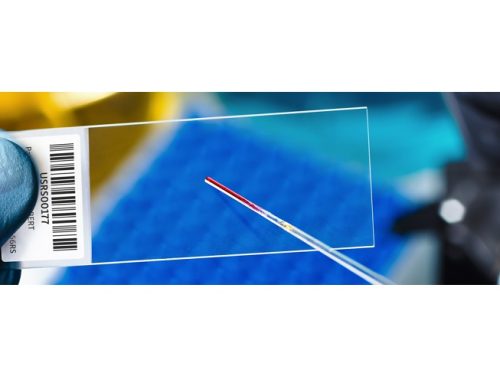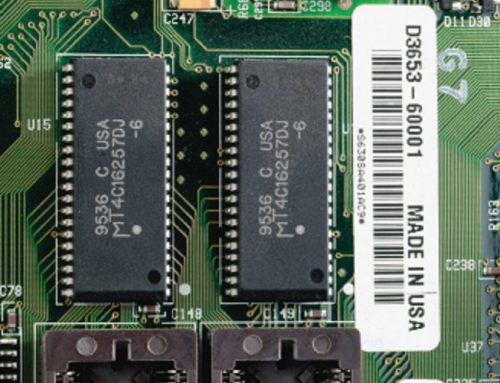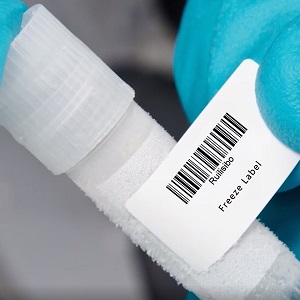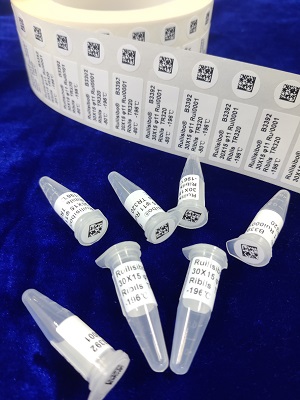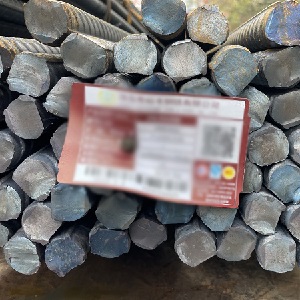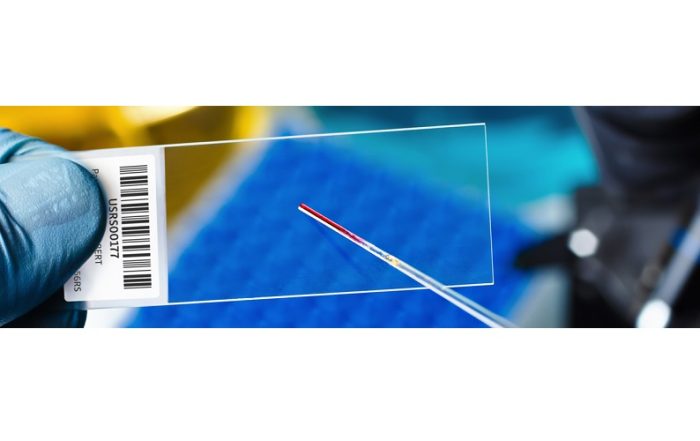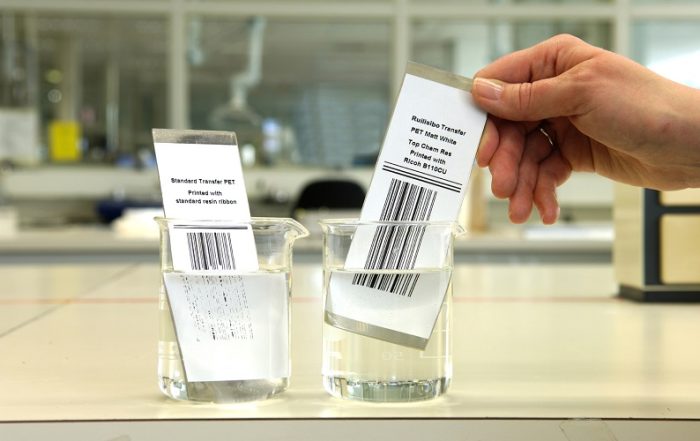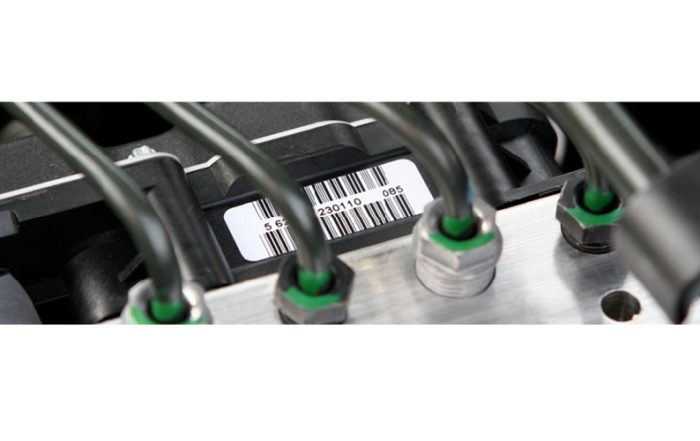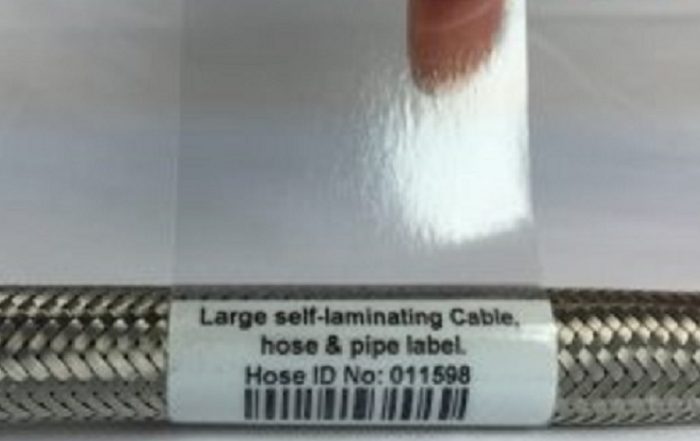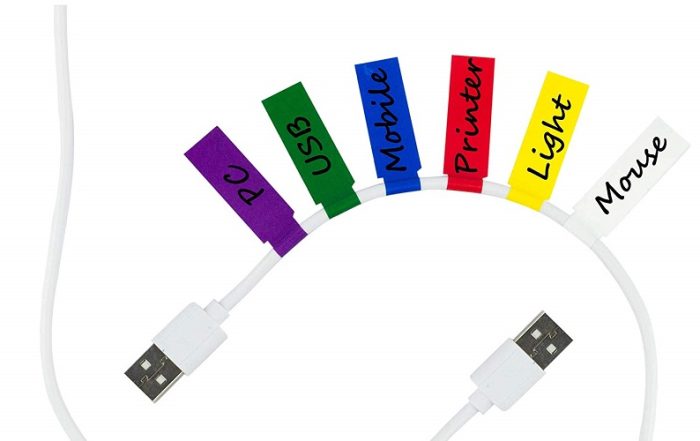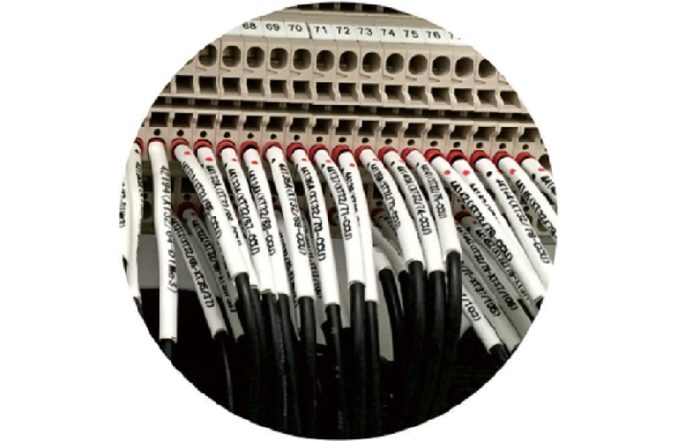——Printed circuit board PCB manufacturing application
Ruilisibo offers the leading high-quality high-temperature labels that are specially developed to withstand the severe high temperature and extreme chemical tests in the printed circuit board manufacturing process, providing you with professional, high-quality and reliable guarantees.
High Temperature Resistant Label Solution
Do you understand the challenges that high temperature labels experience during printed circuit board manufacturing?
Soldering technology occupies an extremely important position in the assembly of electronic products. General soldering is divided into two categories: one is mainly suitable for the welding of through-hole electronic components and printed boards – wave soldering (wave soldering); the other is mainly suitable for surface mount components and printed circuit boards. Board welding – reflow soldering (reflow soldering), also known as reflow soldering. It is important to understand the harsh environment that high temperature labels are expected to withstand during these processes before selecting the appropriate product.
Temperature is the key to ensure the quality of soldering. Before the printed circuit board (PCB) enters the preheating stage, a solder paste mixed with powdered solder alloy and liquid flux will be coated on the pad to help electronic components adhere to circuit board. The board then goes through a preheat cycle with a maximum temperature of 150°C (in some applications there may be a heat soak phase to help drive out volatiles and activate the flux).
Next, the PCB is heated to the melting point of the solder, which permanently bonds the component joints. During this process, the PCB is exposed to peak temperatures around 230~260°C (some manufacturers have transitioned to tin/copper soldering, which are more cost-effective than lead-free solder paste with silver, but The required exposure extreme temperature can reach up to 280°C), after cooling back to normal temperature, the PCB undergoes a cleaning process using aggressive chemical rinse agents. In extreme applications, the entire process may be repeated many times, so the labels need to be extremely durable.
High Temperature and High Pressure Cleaning Washing Label Solution
The future development trend of the PCB board assembly industry is to adopt a more stringent cleaning process to adapt to smaller circuit board designs and tighter component layouts, while also complying with increasingly urgent environmental protection demands. The Electrovert AquaStorm® system from Speedline Technologies, for example, uses close-range, high-pressure cleaning of labels and circuit boards for better cleaning results. This type of cleaning tends to be longer, has a higher chemical pH, and employs a high-performance drying process. Therefore, there is a need for labels that are more durable than ever. Reliance provides high-temperature label materials to cope with the most advanced PCB cleaning methods.
Product Features
• Ultra-durable polyimide labels tailored for PCB manufacturing
• Outstanding high temperature performance (5 minutes at 260°C; 80 seconds at 300°C
No obvious change in appearance)
• Resistant to high pressure water spray
• Withstands harsh flux and wave soldering environments
• Tested with Zestron and Kyzen universal cleaning chemicals
• RoHS, Reach, Halogen-free, UL969 certified
• Personalized custom sizes
High Temperature Resistant Anti-Static (ESD) Label Solution
Electrostatic Discharge
Electrostatic discharge (ESD) damage can impact the electronics industry’s output, product reliability, and profitability. As electronic devices become smaller and more complex, they become more sensitive to electrostatic discharge.
Ruilisibo special label materials for the electronics industry can effectively prevent two major electronic electrostatic damages that are common in the electronics industry.
First, when the label is peeled from the backing paper, only 4 volts of peel voltage* are measured on the adhesive, which essentially eliminates the electrostatic charge generated by the label peeling from the backing paper (called triboelectricity). Static charges would otherwise be discharged during label application and damage sensitive components.
Second, ESD label materials can prevent a large build-up of charge on the label by eliminating the charge on the surface of the label. Withstands the challenges of shrinking printed circuit board production. polyimide
The anti-static marking made of amine is also resistant to high temperature.
Product Features
• RoHS, Halogen-free
• Non-conductive acrylic based pressure sensitive adhesive
• Less prone to triboelectric charging when peeled off from backing paper
• Suitable for thermal transfer printing technology
Flame Retardant Label Solutions
There are many potential fire hazards in the use of electronic equipment. Ordinary labels are likely to become combustion aids when they are heated to the point of ignition. Therefore, choosing flame-retardant polyimide labels in electronic equipment can prevent the spread of fire in time, effectively avoid the danger of fire, and provide guarantee for product safety.
Recommended Applications
• Mobile phone battery labels, battery wrapping
• Electronic component labels
• Product identification labels
• Traceability labels
• Anti-counterfeit warranty label
We do things others don’t, in ways they can’t.
If you still haven’t found the perfect fit, contact us! Your specific needs are our challenge! We leverage our extensive resources of facestocks, adhesives and industry experience to create many opportunities to meet your requirements.






